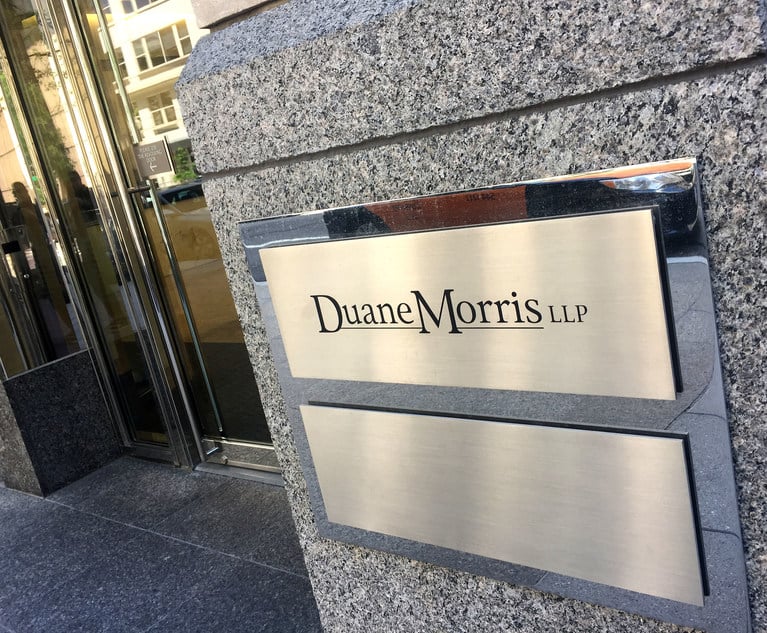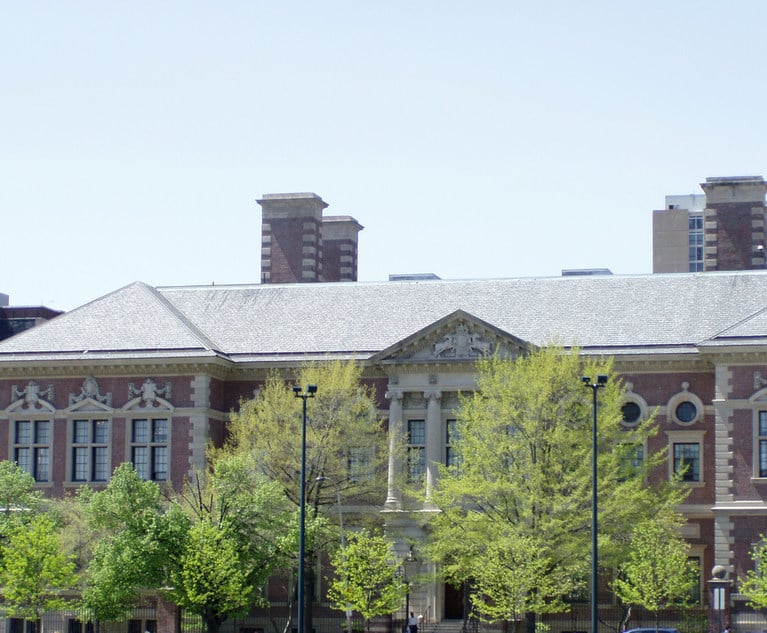It’s a safe bet to suggest that we all, at one point in our lives, have put on an item of clothing or some accessory that has made us feel something—immensely proud, out-of-place, nostalgic, “official,” confident, etc. Even before we selected our own clothes to wear, our parents were robing us in articles of clothing that reflected something—a holiday, beachwear, party time, or birthday milestones. Throughout history, and to this day as well, what people wear and how they wear it reflects their economic place in society, an outlook, a perspective. From a public school perspective, dress codes are intended to ensure that items worn at school do not interfere with the health, safety or welfare of any student. But as Tinker v. Des Moines, 393 S. Ct. at 503 (1969) taught us, students do not “shed their constitutional rights to freedom of speech or expression at the schoolhouse gate.” In Tinker, the U.S. Supreme Court held that students could wear armbands in protest to the Vietnam War because their expression did not substantially disrupt the school environment. Because clothing is an expression of oneself, and because students do not shed their expressive rights at the schoolhouse gate, public schools must examine their student dress codes to be cognizant of those rights of expression and the liability of inconsistent and discriminatory enforcement.
Students’ challenges to dress codes enforcement increasingly focus on how alleged “distractions” caused by the prohibited apparel conflict with student expression and have no basis in ensuring the “safety and well-being” of students and the school. Furthermore, many of the practical aspects of student dress codes are obsolete. Take, for instance, the restrictions against wearing hats to school. Presumably there are two reasons to restrict the donning of a hat in the school building—the first being that the wearing of a hat indoors was, at one time, impolite and disrespectful. But the next time you go to the supermarket, the movie theatre, or even the high school musical, take note of the number of people in the general public who wear a hat inside a building—yes, even inside that school building to watch the high school musical. Another purported reason to restrict the wearing of hats is for the purpose of safety: whether to stifle any gang-affiliation in the school building or to ensure a student’s face is fully seen. Similarly, durags, most frequently worn by African American students intended to maintain their hair, are commonly prohibited—either as gang-affiliated attire or as an item that covers a student head. A blanket affiliation between durags and gangs is not only antiquated but inherently discriminatory. Furthermore, if a group of students affiliated with a gang want to communicate through style and expression, banning one item of clothing merely encourages another item of clothing. Practically speaking, when compared to an accessory such as a headband, how does a durag truly differ in function?


 Leigh E. Dalton of Stock and Leader (Photo: Courtesy Photo)
Leigh E. Dalton of Stock and Leader (Photo: Courtesy Photo)




